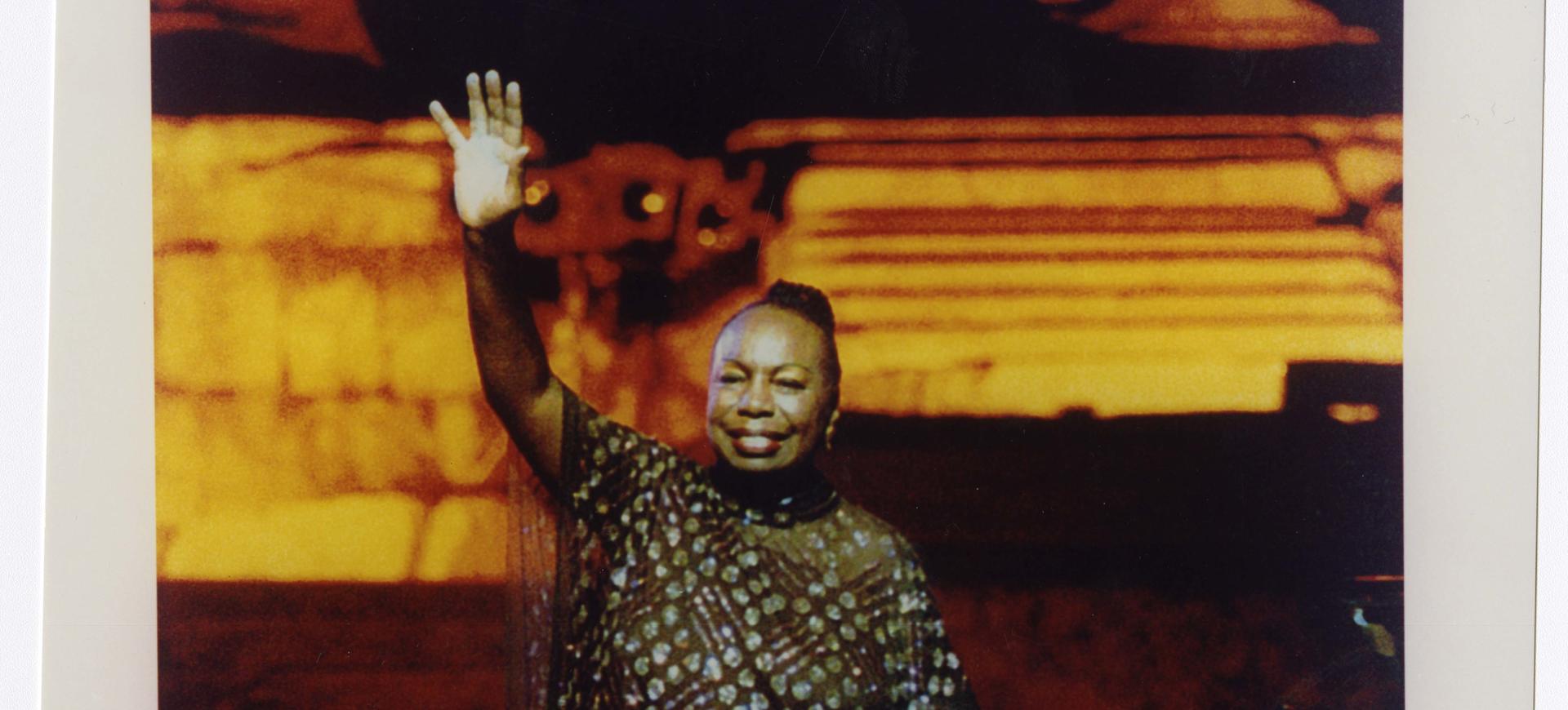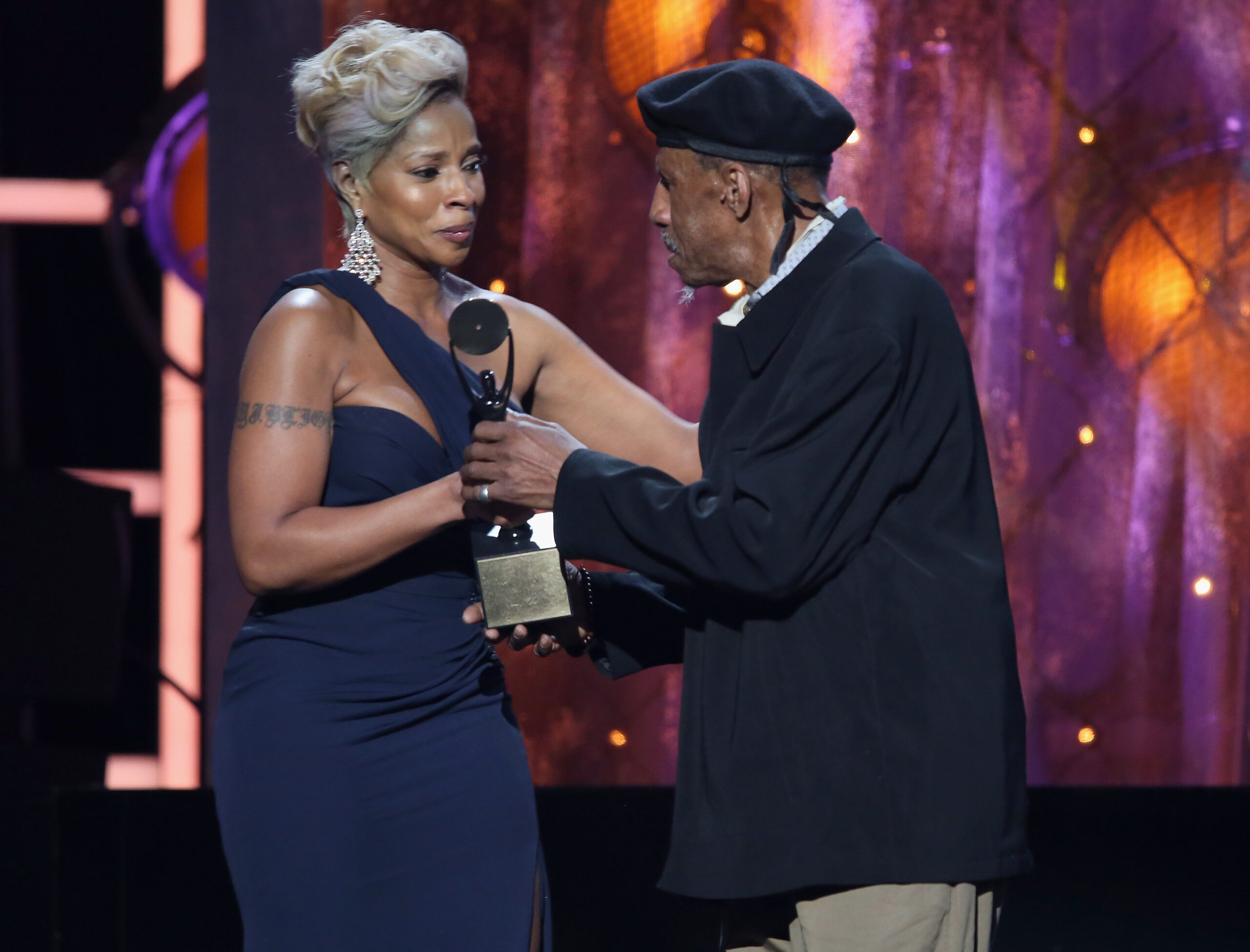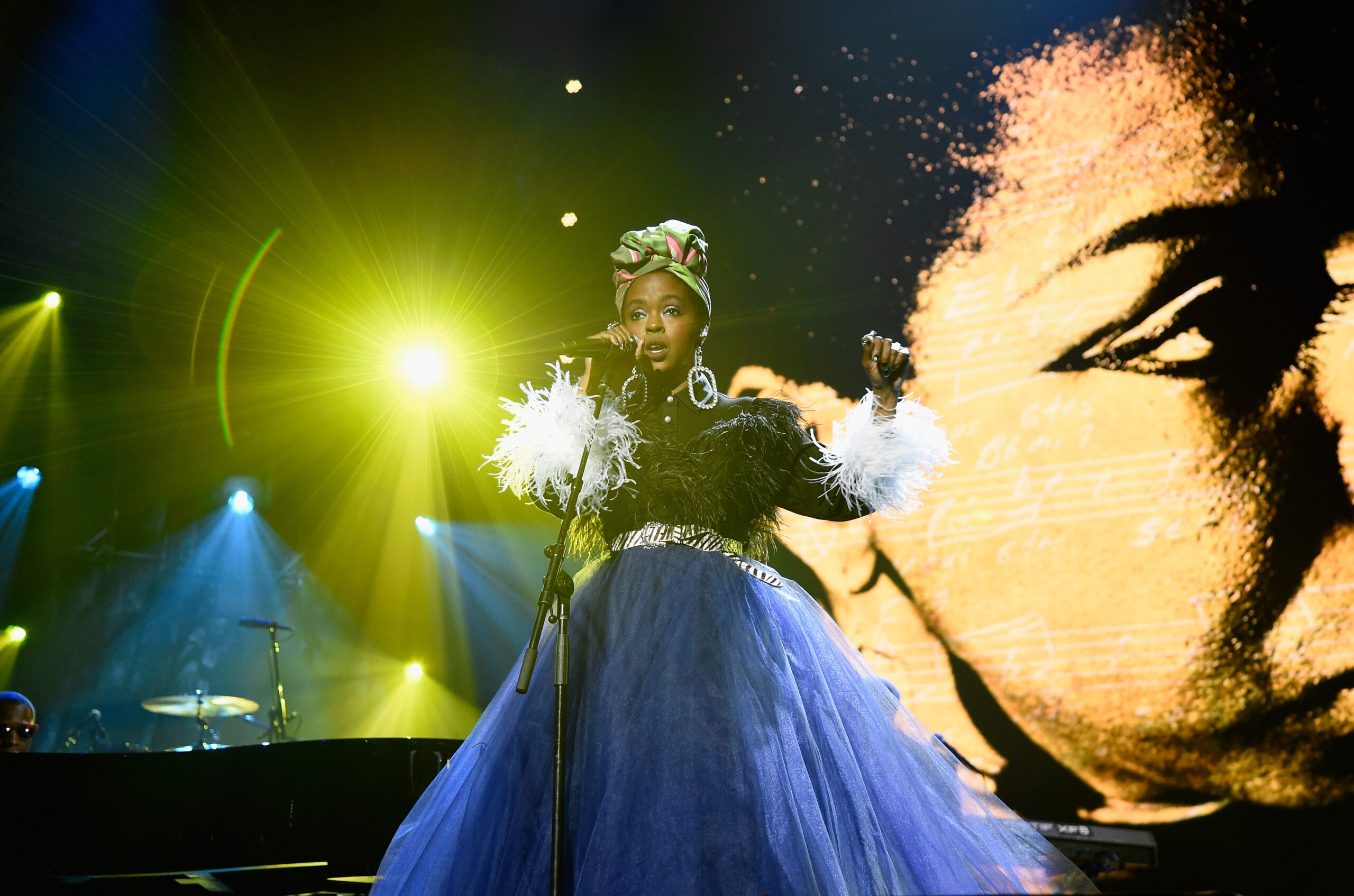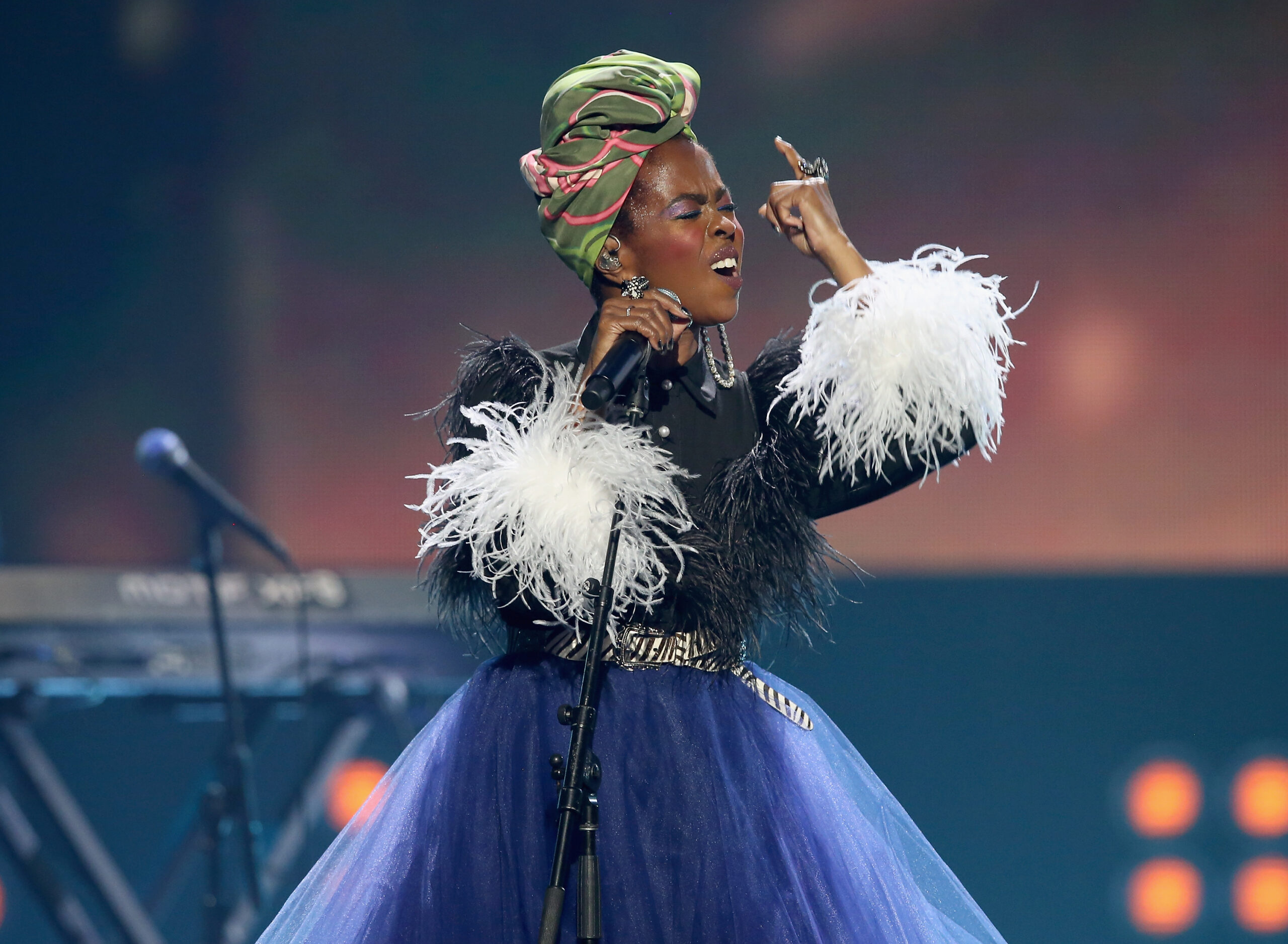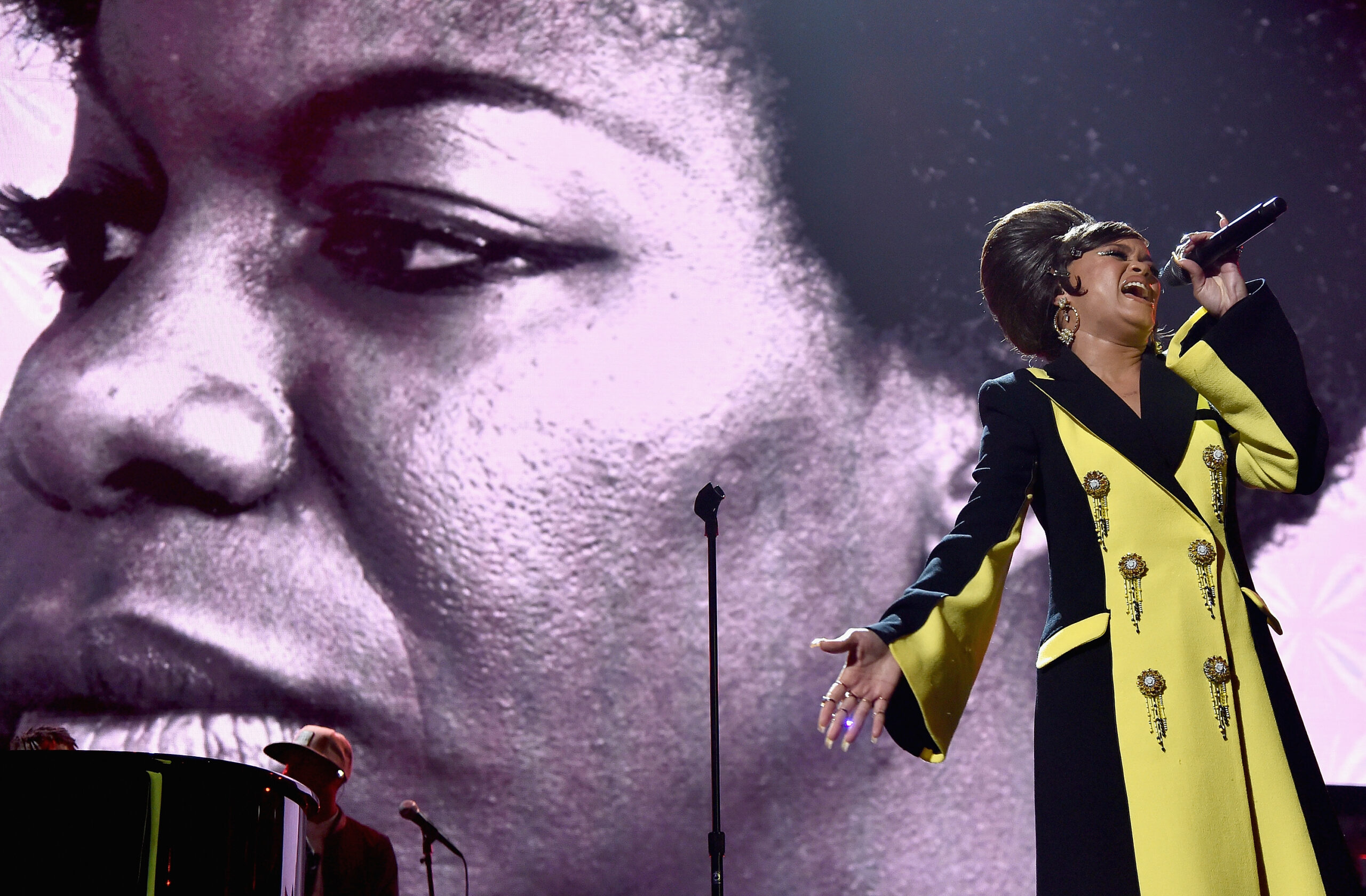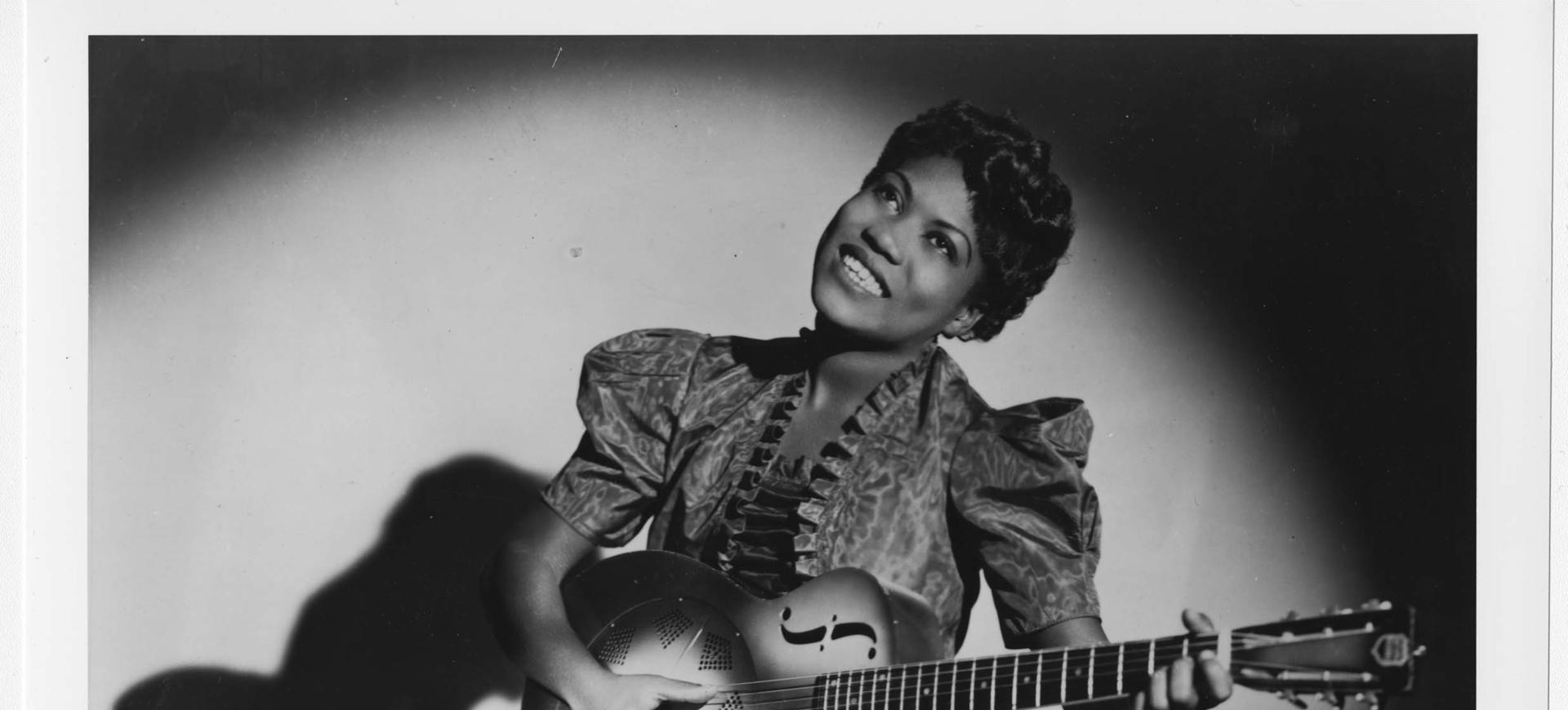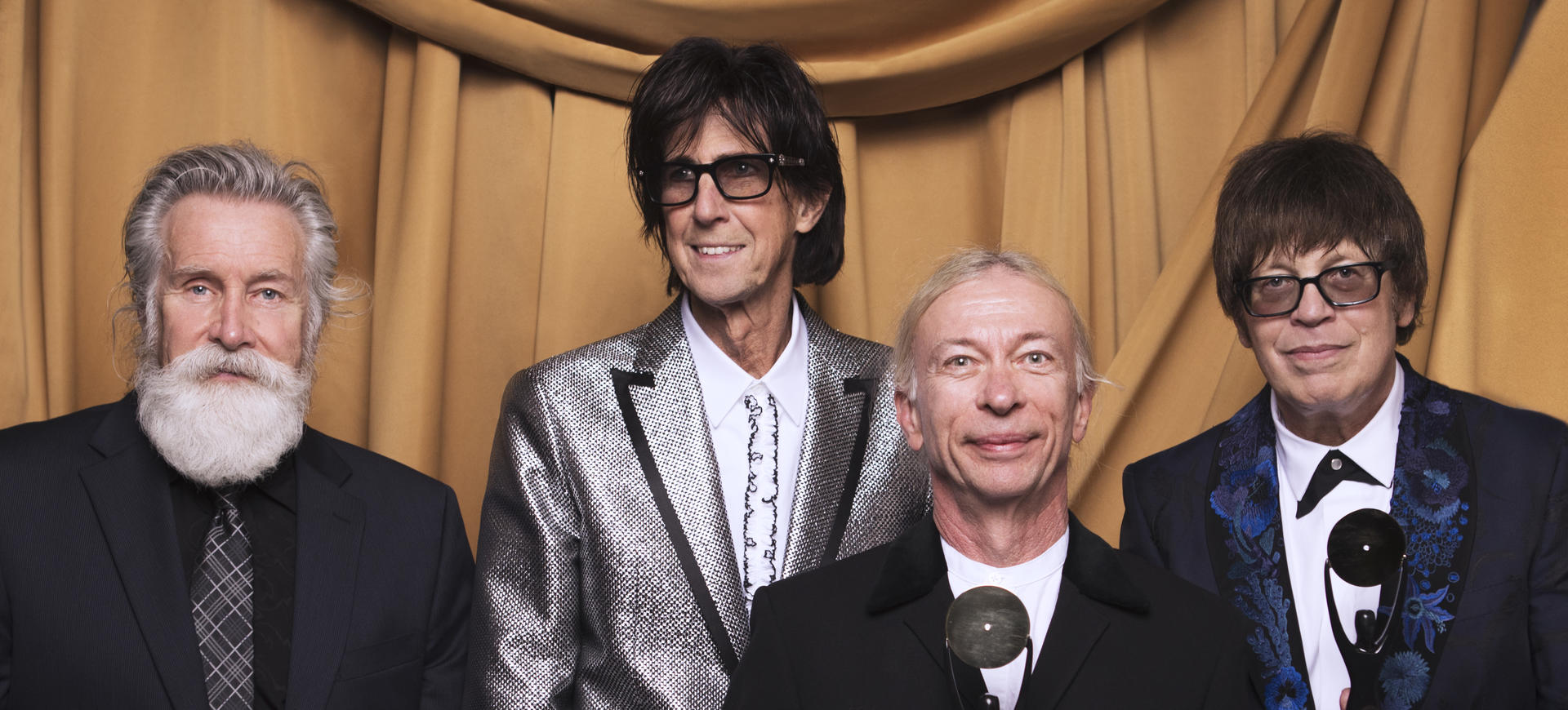YEAR
2018
INDUCTED BY
Mary J. Blige
CATEGORY
Performers
Nina Simone’s unapologetic rage and accusatory voice named names and took no prisoners in the African-American struggle for equality in the early 1960s.
Her triumphant voice sang what it meant to be young, gifted and black in a sometimes unjust and troubled world.
HALL OF FAME
ESSAY
By Alan Light
“Nina could sing anything, period,” Mary J. Blige told Rolling Stone when the magazine named Nina Simone one of the 100 Greatest Singers of All Time.
And in some ways, that astonishing, unclassifiable range has made it especially difficult to assess Simone’s legacy – she was often considered a jazz singer (particularly because of her masterful piano playing), but it was a label she deeply resented, seeing it only as a racial classification. She was classically trained, yet her nickname was “The High Priestess of Soul.”

